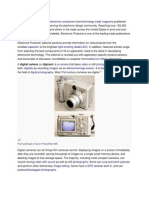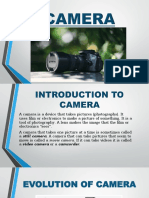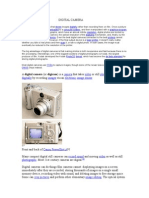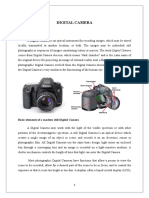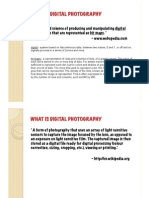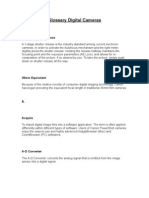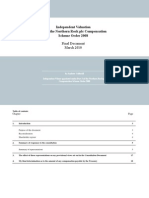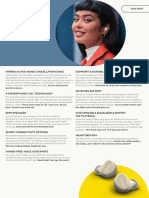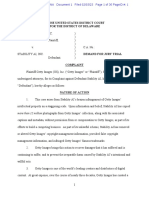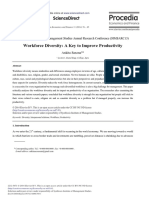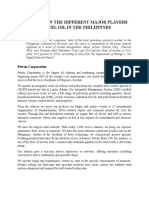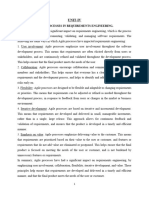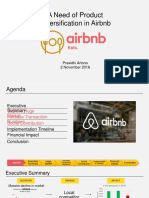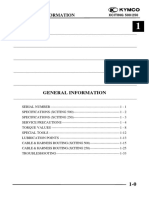0% found this document useful (0 votes)
25 views14 pagesComp Science Presentation.
The document provides information about digital cameras and microphones, including what they are, how they work, types of each, and their benefits. Digital cameras convert images to digital format using sensors and store them digitally, while microphones convert sound waves to electrical signals. Examples of different types of microphones include omnidirectional, unidirectional, and clip-on microphones.
Uploaded by
ifraCopyright
© © All Rights Reserved
We take content rights seriously. If you suspect this is your content, claim it here.
Available Formats
Download as PDF, TXT or read online on Scribd
0% found this document useful (0 votes)
25 views14 pagesComp Science Presentation.
The document provides information about digital cameras and microphones, including what they are, how they work, types of each, and their benefits. Digital cameras convert images to digital format using sensors and store them digitally, while microphones convert sound waves to electrical signals. Examples of different types of microphones include omnidirectional, unidirectional, and clip-on microphones.
Uploaded by
ifraCopyright
© © All Rights Reserved
We take content rights seriously. If you suspect this is your content, claim it here.
Available Formats
Download as PDF, TXT or read online on Scribd
/ 14










